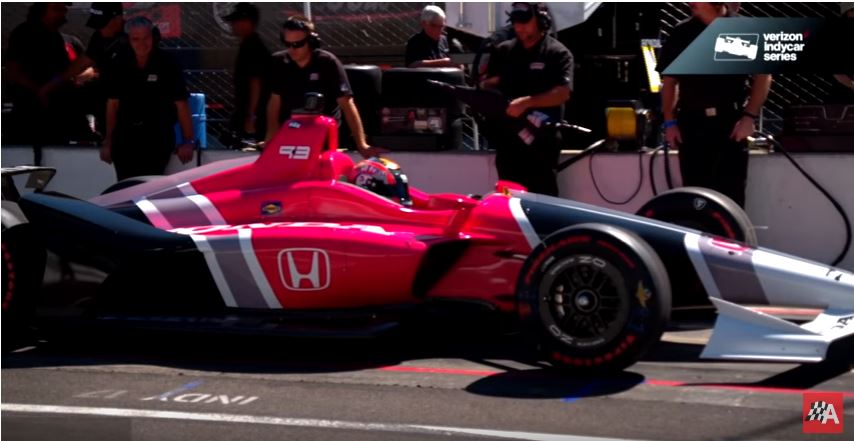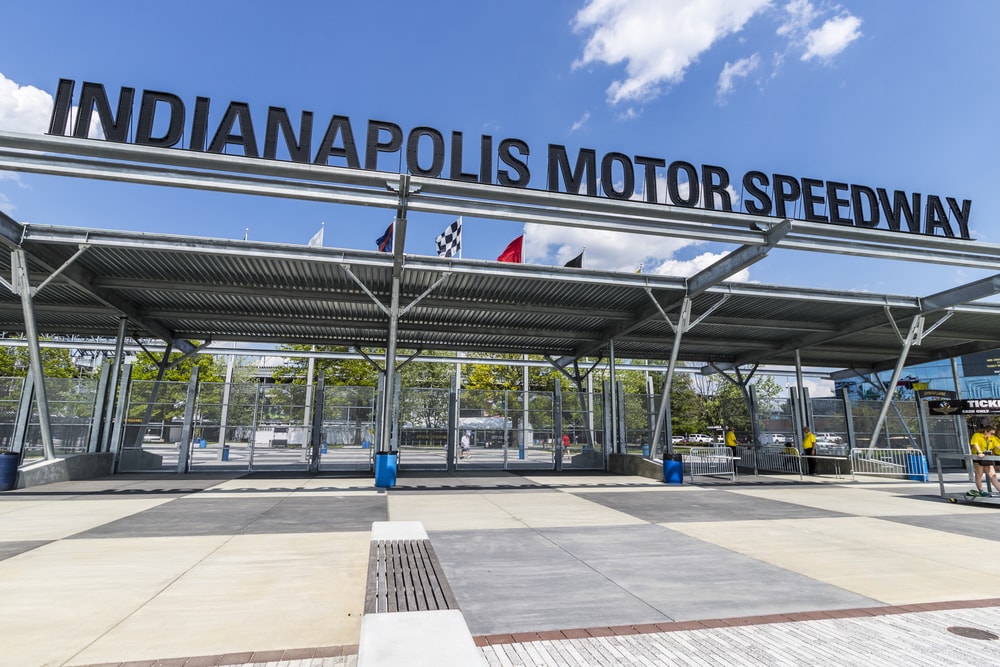Get this deal! Call now.
Speak with a vehicle protection plan specialist and get $300 off any new contract instantly.
Call 866-678-4172
As far back as when the Dallara DW12 made a splash for the 2012 IndyCar season, there has been constant chatter about how terrible and awkward-looking the car actually is. During its initial presentation, the composed aerokits helped a little with the looks, however, most racing group proprietors and engine makers alike, skimped out on the additional cost of truly new bodywork for the cars.
For the 2018 season, IndyCar decided to backpedal on creating a series of cars from the ground up. These will all have full-on spec suspension systems. That decision is seen by many as controversial but in any case, is still looks spectacular.
Technically speaking, the 2018 IndyCar is not really new. Underneath the cosmetic adjustments, this is still the same old Dallara DW12. That one radical upgrade from before has been proficient enough that absolutely new body kit didn’t call for much more. Now the car not only performs well, it looks a lot more like a 1990s/2000s ChampCar than some of the uglier cars that Indy has utilized for far too long.

The upgrade without changing the chassis was key for a couple of reasons. In the first place, it spares racing teams and owners from the cost of buying an all-new vehicle from the ground up, which should keep the count of cars in their fleets high. Second, it puts the $10 – 15 million spent on building up the aerokits back in Honda and Chevy’s pockets. Above all, third, it brings down the limit for a third or fourth motor maker to enter the racing series. Rather than developing an aerokit and a motor, they are simply on board regarding making a motor.
There are also bigger side-pods which supporters will love. This comes particularly in light of the fact that the current side-pods can scarcely fit a name and other air bits can conceal logos. The LEDs now show position and push-to-pass information. They have even been further developed and there are ready cameras worked in everywhere throughout the new IndyCar.
It should be safer to be inside of too, with less pieces that can scramble in an occurrence. It’s likewise prepared to be set up with a windscreen or some kind of cockpit protector. The aerokit additionally uses less parts, which should help all that really matters for the teams. Honda and Chevy will even now supply all new motors to the restyled vehicles, and the expectation is that another provider joins sooner than later.

Being a safe driver doesn’t just apply to cars or motorcycles—it includes motorists for every type of motor vehicle and any type of roadway. And with the rise in motorsport..

The summertime is the perfect time to hit the road for fun and adventure. And for the 2.93 million NASCAR fans across the country, heading off to catch one of..

One of the biggest names in modern motorsports Jeff Gordon left pretty big shoes to fill when he retired from racing, seemingly forever. Now he mostly provides commentary for NASCAR...

Your protection is our top priority. Your quote is in progress and you will
receive a confirmation
email shortly.

We're here to make sure you get the most comprehensive EV protection. That's why we've partnered with Xcelerate Auto to offer you transparent and dependable Tesla coverage.
Want us to contact you about XCare coverage for your Tesla?



Sign up and get $300 off your new contract!
By clicking the button, you consent to Endurance using automated technology to call, email, and text you using the contact info above, including your wireless number, if provided, regarding auto protection or, in California, mechanical breakdown insurance. You also agree to the Endurance Privacy Policy and Terms and Conditions. Consent is not a condition of purchase, and you can withdraw consent at any time. Message and data rates may apply.
Speak with a vehicle protection plan specialist and get $300 off any new contract instantly.
Call 866-678-4172

Simply fill out the information below and we will follow up fast with your free no-obligation quote.
By clicking the button, you consent to Endurance using automated technology to call, email, and text you using the contact info above, including your wireless number, if provided, regarding auto protection or, in California, mechanical breakdown insurance. You also agree to the Endurance Privacy Policy and Terms and Conditions. Consent is not a condition of purchase, and you can withdraw consent at any time. Message and data rates may apply.
Alex has worked in the automotive service industry for over 20 years. After graduating from one of the country’s top technical schools, he worked as a technician achieving a Master Technician certification. He also has experience as a service advisor and service manager. Read more about Alex.